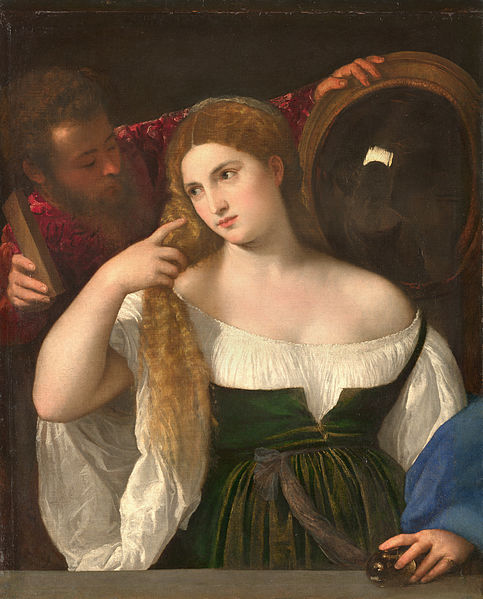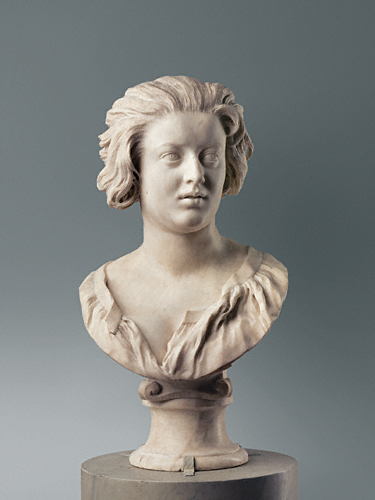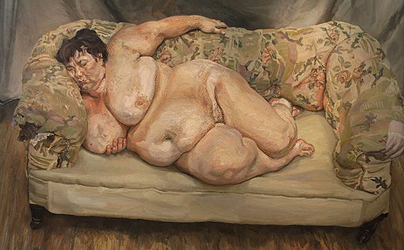
My mother, her questionable mushroom(?!) haircut, and a baby me (no doubt I’ll get a message from her after she sees this photo, raising concerns about having her face and “identity” on the internet).
This Sunday will be the fourth Sunday of Lent, more commonly known in Britain as Mothering Sunday. Originally a Christian holiday, it in fact has no connection to the secular American festival, Mother’s Day, which falls every year in America on the second Sunday of May. Mothering Sunday can be traced back to pre-Reformation Christendom, and its practice was revived once more in 1913 by Constance Smith, an Anglican who believed that the Church of England liturgy expressed a “day in praise of all mothers”.
During the pre-Reformation, the fourth Sunday of Lent in the Christian liturgical calendar was better known as Laetere Sunday. The connection between Laetere Sunday and mothers was actually made through the custom of visiting the ‘mother’ church or the cathedral on this particular day – as opposed to going to the nearest parish or ‘daughter church’, common practice for any other Sunday. As it was then common for children as young as ten to work away from home (as domestic servants or apprentices etc.), heading back to the ‘mother’ church for Laetere Sunday naturally became an occasion for family reunions. Some historians believe that the tradition of Mothering Sunday developed from these children returning home, often with small gifts and flowers for their mothers. However it has also been suggested that the connection with mothers could have come from the Bible Lesson read during Mass, when all were reunited in the ‘mother’ church: “But the Jerusalem that is above is free, which is the mother of us all” (Galatians 4:26)
When reviving the tradition in 1913, Constance Smith emphasised the pre-Reformation custom of making simnel cake for mothers through the publication of her booklet The Revival of Mothering Sunday (1920), written under the pseudonym C. Penswick Smith – it is still practiced today. Smith additionally helped spread the popularity of Mothering Sunday beyond the Christian church through the use of open organisations like the Boy Scouts and Girls Guides. Today, Mothering Sunday is celebrated by people of all faiths in the UK who want to honour their mothers, and is still a day that draws family together.
(On a rather sad – and I think quite interesting – note, even though Constance Smith was such a key figure in the modern re-establishment of Mothering Sunday, she herself never became a mother)







